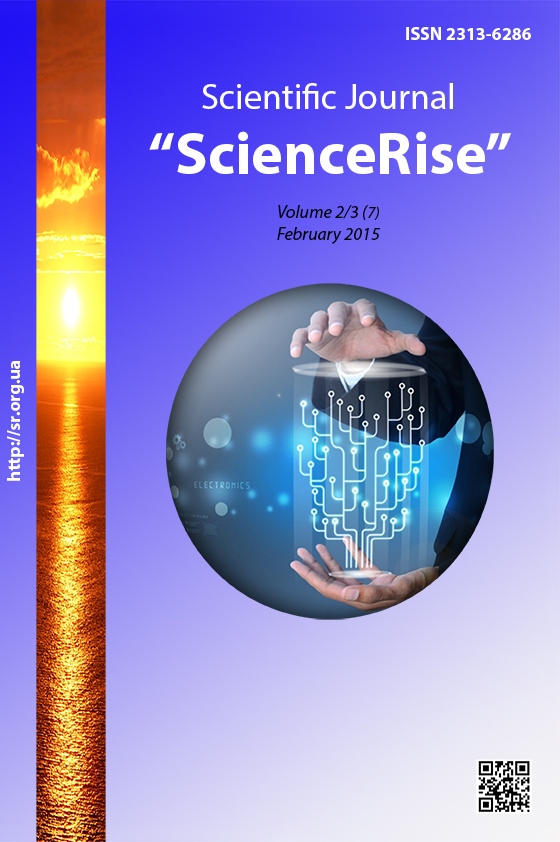Деякі методологічні аспекти еколого-економічної оцінки рекультивації порушених земель
DOI:
https://doi.org/10.15587/2313-8416.2015.37803Ключові слова:
техногенний ландшафт, рекультивація порушених земель, ціна землі, витрати, чистий дохідАнотація
Доведено, що ціна землі, яка вилучається із сільськогосподарського виробництва для видобутку корисних копалин складається з ціни значущості землі як компонента природи, з ціни землі як основного засобу виробництва, з ціни на відновлення колишньої родючості та з ціни на поліпшення екологічного стану довкілля. На основі агротехнічних характеристик гірських порід показані галузі економіки їх подальшого використання
Посилання
Oleinik, V. I. (1984). Methodological issues evaluate the effectiveness rekultivace landю Ecological-biological and socio-economic basis for cooperative rekultivace in the steppe Chernozem zone of the USSR, 49, 155–164.
Gorlov, D. C. (1981). Reclamation of land for quarries. Moscow: Nedra, 260.
Baranovskaya, O. D. (1997). Improvement of methods for the economic valuation of land in the conditions of market relations (for example, the farms of Ukrainian forest-Steppe). Dnepropetrovsk, 25.
Borisova, V. A. (2004). The Economic Foundation of natural resources in APC. Sumy: «Dovcilliy», 356.
Melnic, L. J., Makarenko, P. M. (2012). Scientific basis of the land market. Economics of agriculture, 9, 10–15.
Makarenko, P. M. (2005). Models of agricultural Economics. Kiev: NICE, 682.
Marmul, L. O., Romanova, V. A. (2007). Regional management and regulation of land use. Kiev: NSC IAE, 192.
##submission.downloads##
Опубліковано
Номер
Розділ
Ліцензія
Авторське право (c) 2015 Тетяна Іванівна Галаган

Ця робота ліцензується відповідно до Creative Commons Attribution 4.0 International License.
Наше видання використовує положення про авторські права Creative Commons CC BY для журналів відкритого доступу.
Автори, які публікуються у цьому журналі, погоджуються з наступними умовами:
1. Автори залишають за собою право на авторство своєї роботи та передають журналу право першої публікації цієї роботи на умовах ліцензії Creative Commons CC BY, котра дозволяє іншим особам вільно розповсюджувати опубліковану роботу з обов'язковим посиланням на авторів оригінальної роботи та першу публікацію роботи у цьому журналі.
2. Автори мають право укладати самостійні додаткові угоди щодо неексклюзивного розповсюдження роботи у тому вигляді, в якому вона була опублікована цим журналом (наприклад, розміщувати роботу в електронному сховищі установи або публікувати у складі монографії), за умови збереження посилання на першу публікацію роботи у цьому журналі.

